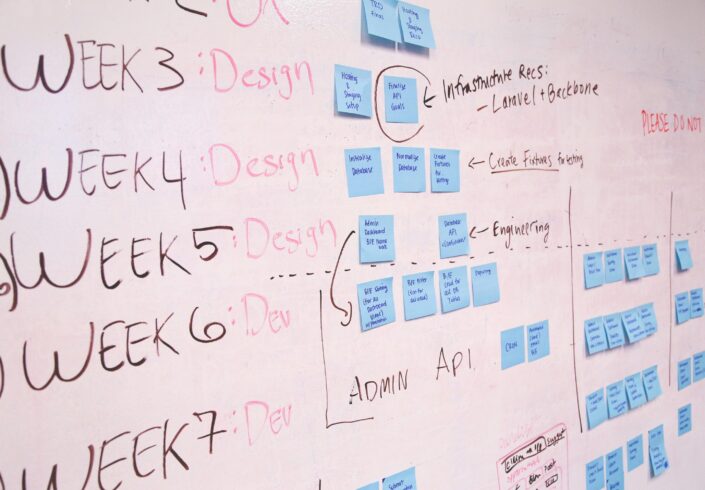
Agile System Development: A Modern Approach to Building Software
Traditional software development methods often struggle to meet fast-changing requirements and market needs. That’s where Agile System Development comes in—a flexible, step-by-step approach focusing on teamwork, customer feedback, and constant improvement.
What is Agile System Development?
Agile System Development is a way of building software that delivers high-quality results in small, easy-to-manage pieces. Instead of sticking to one rigid plan, Agile encourages flexibility and constant feedback from everyone involved throughout the project.
At its core, Agile is based on the Agile Manifesto, which values:
- People and teamwork over just processes and tools
- Working software over tons of documentation
- Collaborating with customers over sticking to contracts
- Adapting to change over following a strict plan
Key Principles of Agile
- Iterative Development
Agile breaks the work into smaller chunks called iterations or sprints, usually lasting 1 to 4 weeks. Each sprint delivers something usable, making it easier to get feedback and make improvements along the way. - Collaboration and Communication
Agile encourages open communication between developers, business folks, and end users. Daily stand-ups and sprint reviews help everyone stay in sync and on track. - Customer-Centric Approach
Agile teams involve customers or product owners throughout the process. Their input helps shape priorities and fine-tune features to better meet real user needs. - Embrace of Change
Instead of avoiding change, Agile welcomes it—even if it comes late in the game. That kind of flexibility helps keep the final product valuable and up-to-date. - Continuous Improvement
At the end of each sprint, the team reviews what went well and what could be improved. These reflections help them keep improving with each cycle.
Popular Agile Frameworks
Several frameworks implement Agile principles, each with its strengths:
- Scrum
One of the most popular ones is Scrum. It has clear roles (like Scrum Master, Product Owner, and the Dev Team), regular sprint cycles, and structured events like sprint planning, reviews, and retrospectives. - Kanban
All about visualising the work. It uses a Kanban board to show progress and helps teams spot and fix workflow bottlenecks. - Extreme Programming (XP)
It is focused on code quality and fast releases. To keep things clean and efficient, it includes practices like pair programming and test-driven development (TDD). - SAFe (Scaled Agile Framework)
Built for large companies that want to apply Agile across lots of teams. It helps coordinate everyone while sticking to Agile principles.
Benefits of Agile System Development
- Get products out faster with early and frequent releases.
- Better quality thanks to constant testing and feedback.
- Happier customers because they’re involved and things can change as needed.
- Boosted team morale since devs have more control and clear direction.
- Fewer surprises—problems get spotted early and dealt with quickly.
Challenges to Consider
While Agile offers many advantages, it’s not without challenges:
- Requires cultural change and strong team collaboration
- Needs active stakeholder engagement
- May be difficult to scale without proper structure
- Can lead to scope creep if not managed carefully
Conclusion
Agile System Development has significantly reshaped software creation, emphasising people, adaptability, and continuous delivery. By breaking down large, complex projects into smaller, iterative steps, Agile allows teams to respond quickly to change, minimise waste, and build solutions that meet user needs. For organisations looking to stay competitive in today’s rapidly evolving digital landscape, adopting Agile is more than a choice—it’s a strategic necessity.
We’re here to turn your ideas into reality!
Contact Us










